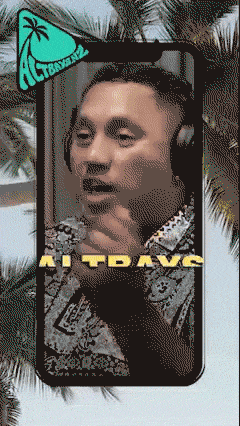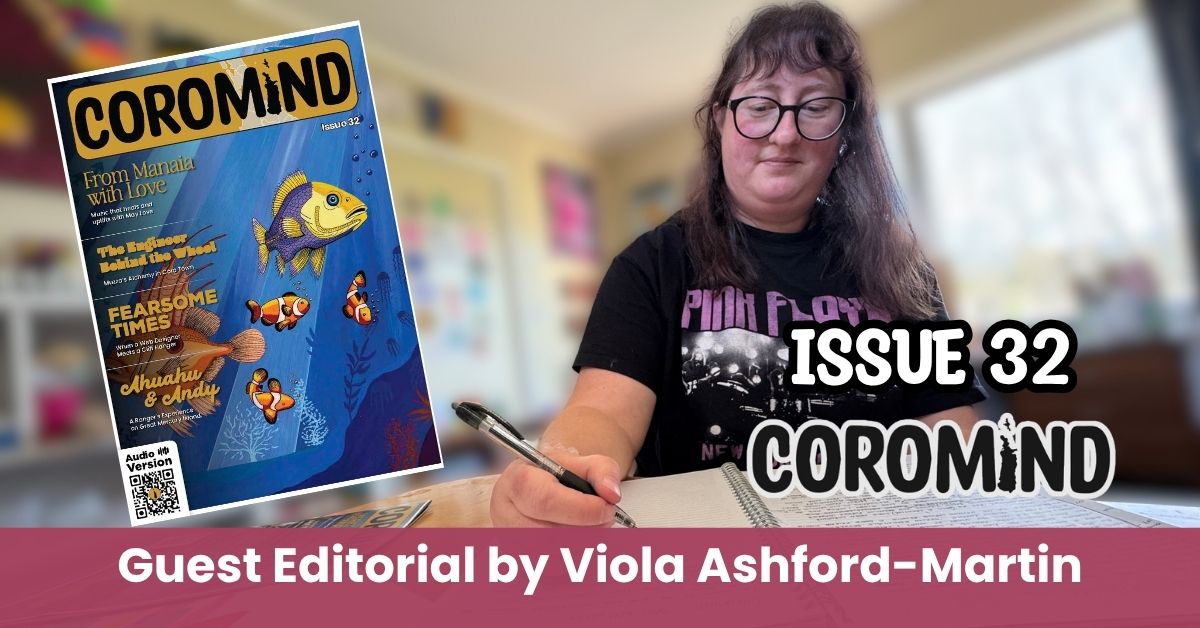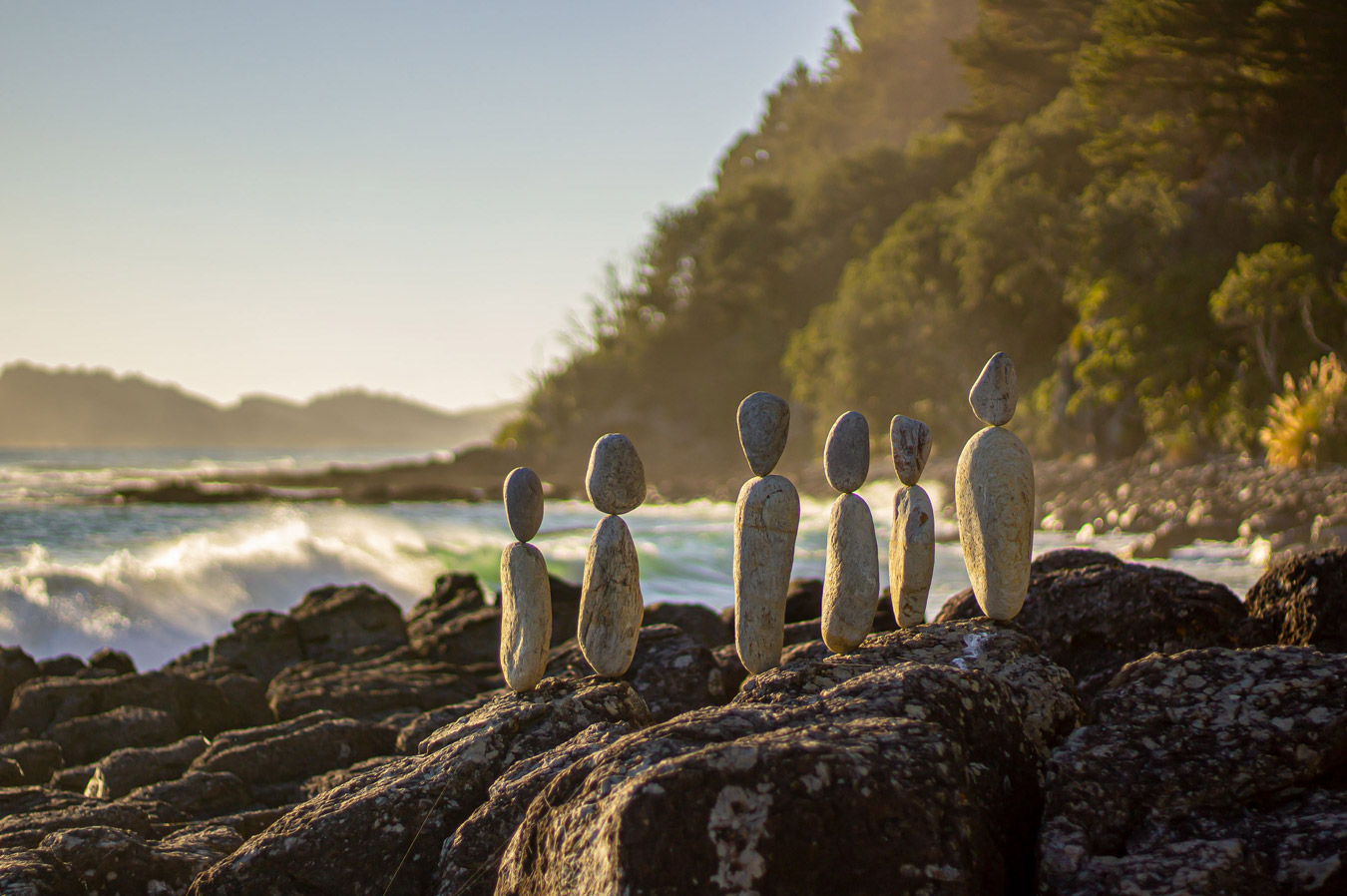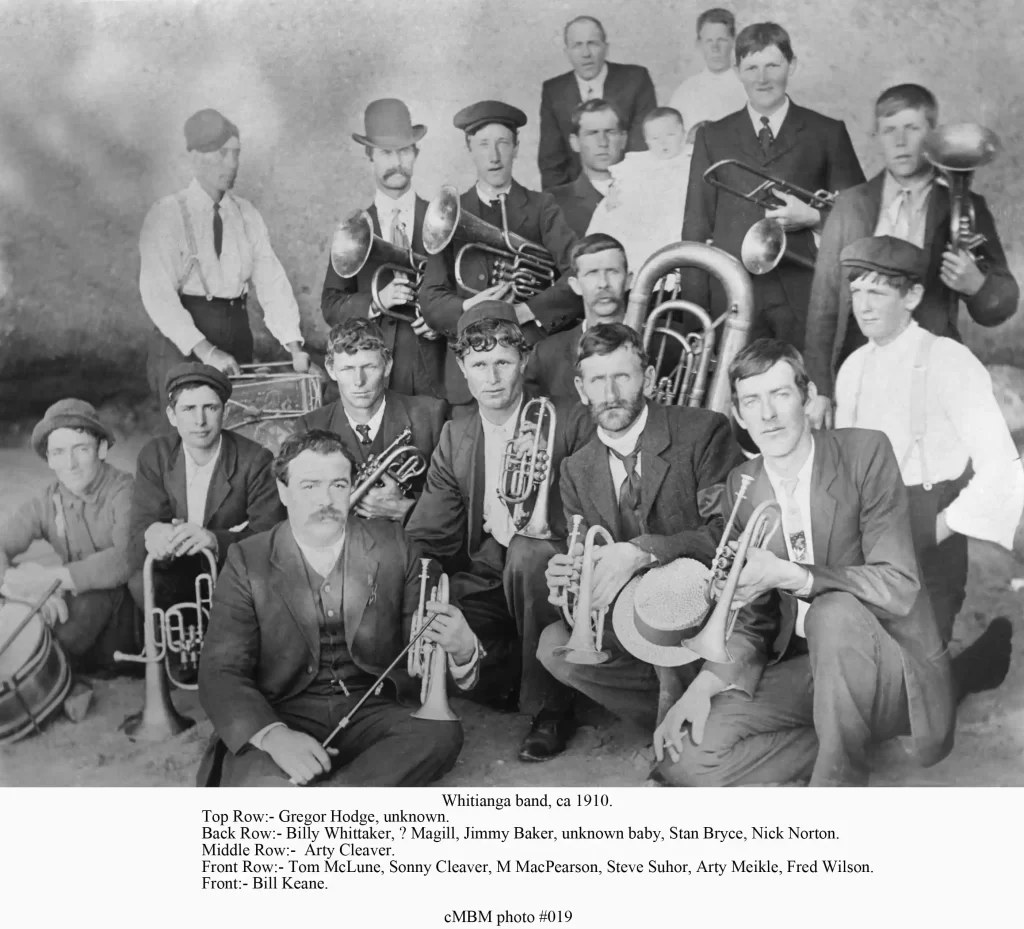
Bill Keane’s legacy in Whitianga’s musical heritage
The Whitianga Brass Band was formed in approximately 1909. They practised on Sunday mornings at the blacksmith shop or in the drill hall.
The ‘drill hall’ or ‘Carina’s Hall’ as it was known, was the first hall built in Whitianga. It was built by Thomas Carina and was situated in Blacksmith Lane opposite the Whitianga Hotel.
Gregor ‘Greg’ Hodge, the local tailor, was a member of the band in 1910 and supplied the band with their very smart and fashionable uniforms. Greg ran his business in a shop beside his brother Jack, the bootmaker. Their shops were situated on the corner of Albert Street and Coghill Street, where the butcher shop now stands. Greg used metal buttons with his name stamped on them. He guaranteed first-class work and he subscribed to all the principal tailors’ journals to keep his customers up to date with fashion.
The blacksmith shop was owned by Mr William ‘Bill’ Robert Keane. He was one of the first blacksmiths in Whitianga after moving to the area from Auckland in 1907. His first smithy was situated near Kenneth Avenue and then he moved opposite Memorial Park in what is now known as Blacksmith Lane. The lane was just a track back in 1911, no road to speak of.
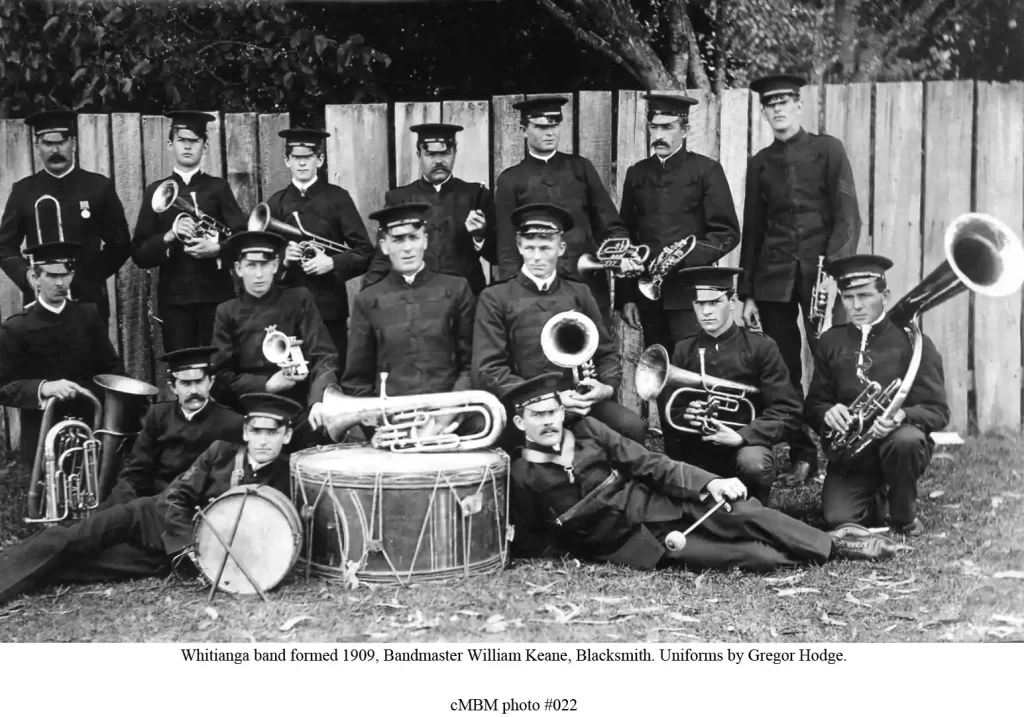
Bill was the bandmaster of the Whitianga Brass Band, in which he played the E-flat bass. On one Sunday morning while practising in the smithy, a disgruntled player, after an argument with Bill, threw a sledgehammer through the big bass drum!
Bill first arrived here in New Zealand with his parents from Australia in 1878 but returned to Victoria following the death of his father James. He continued his schooling at Chiltern State School and went on to learn his trade as a blacksmith and a coachbuilder. It is recorded in a local Victorian newspaper that Bill broke his arm while shoeing a horse at the local races.
It is family lore that in his 20s he was contracted to travel with horses from Melbourne to South America but jumped ship in Auckland. He then met Florence Sophia Keatley, who was born in Whangamatā, and they married in 1901. Bill and Florence had eleven children (five daughters and six sons). While in Auckland, he worked at the Chelsea Sugar Mill and then moved to Mercury Bay to work in the Kauri Timber Mill. Due to Bill’s excessive drinking, his wife and family decided to move to Raetihi in 1925. At the time, Raetihi was known as a ‘dry’ area – no alcohol was consumed. He worked on the Makatote Viaduct as an engineer before opening his blacksmith shop in Alton, Taranaki.
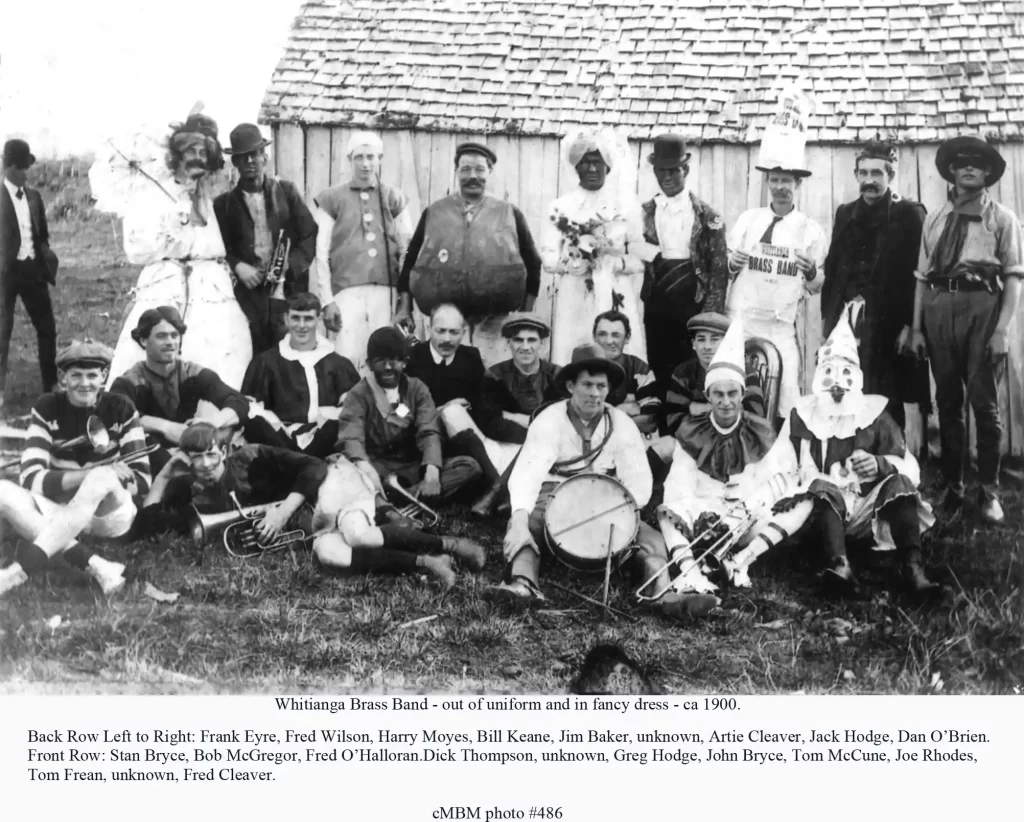
In 1931, Bill died very suddenly leaving behind his wife Florence and ten children. He is buried in the Patea Cemetery. Florence spent several years in and out of hospital in Auckland due to a medical complaint and died in August 1966. She was cremated in Auckland and her ashes scattered.
Bill always marked his metalwork with his initials and some of these samples are housed today in the Mercury Bay Museum, along with a replica of his ‘smithy’.
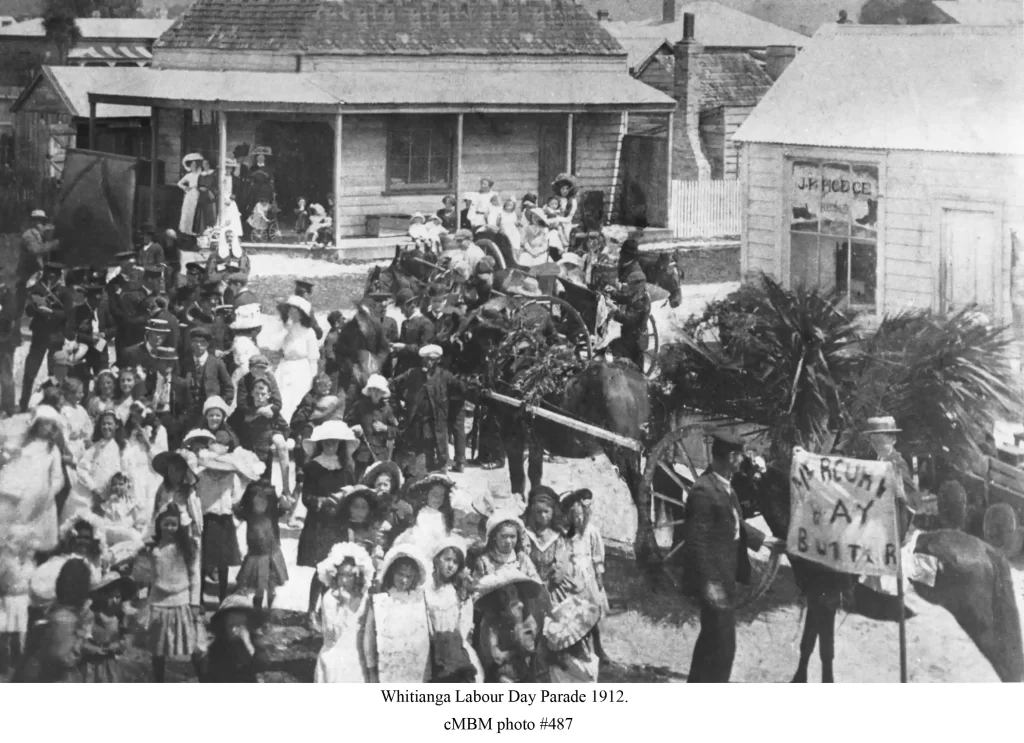
Mercury Bay Museum has opened a new temporary exhibition: Somewhat Musical – A history of music in the 1900’s. It is open from September 2023 to the end of October 2023.
Words by Becs Cox – Mercury Bay Museum Manager
Mercury Bay Museum has been a great collaborator with Coromind. Interested in learning more about our local history? Click here.


